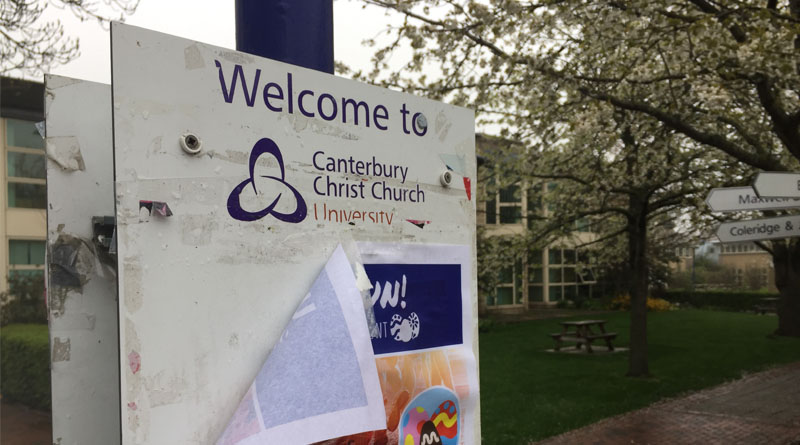White students consistently get more firsts and 2:1s at Kent university
White students got more than 40% more firsts or 2:1s at CCCU than black students this year, according to new figures by the Office for Students.
The Guardian report that this makes the university one of the worst offenders in the country.
The data shows that CCCU has been consistently giving white students 2:1s or higher over the last 5 years, with the gap never less than 32%.
And although there is a UK-wide trend of giving white students more firsts and 2:1s, CCCU is well above the national average.
White students got 23.1% more 2:1s or higher this year nationally. This is nearly half that of CCCU’s 42% for the same year.
University response
A spokesperson from the university said: “Recent figures released by the Office for Students shows that the attainment gap for black students compared with other ethnicities is a sector-wide issue, which is both complex and of concern to most universities.
“We have been working in partnership with our students, and will continue to work very hard to understand the barriers to success for our BAME students, to ensure all students from all backgrounds have an equal opportunity to succeed.
“Given the complexity and importance of the issue, we are addressing the attainment gap at a number of levels involving students and staff from across the University.
“We have a range of initiatives under our Retention and Success framework to address directly the needs of BAME students by helping to build a sense of belonging within our community, as well as focussing on enhancing learning and teaching, transition, orientation and induction, staff development, and curriculum design.”
Read more:
- How the amount of police in Kent has fallen – in numbers
- Are police officer numbers actually related to the increase in knife crime?
Chris Millward, Director for Fair Access and Participation at the OfS, said: “We have set ambitious targets to reduce equality gaps during the next five years.
“Universities now need to focus their attention on the specific areas where they face the biggest challenges.
“While some universities will need to focus on improving access to higher education for students from disadvantaged backgrounds, the data shows that for many universities the real challenge is in ensuring these students can succeed in their studies, and thrive in life after graduation.
